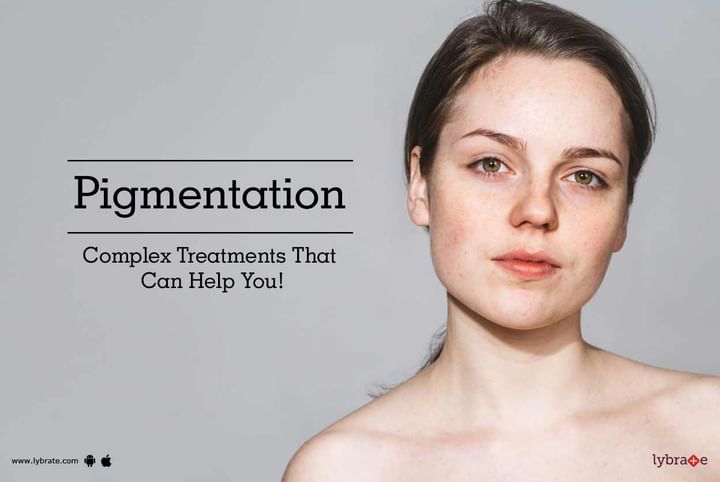Pigmentation - Complex Treatments That Can Help You!
Skin pigmentation disorders are dermatological complications that make the skin look lighter or darker than usual; your body produces either too much or too little of melanin which is a pigment that protects the body from ultraviolet rays and imparts color to the eyes, hair and skin. Hyper pigmentation is a condition wherein your body produces too much of melanin.
Causes
Pigmentation disorders are caused due to internal as well as external factors. The internal factors include pregnancy, hormonal imbalances and endothelial cells. The external factors include exposure to UV rays, burns, effects of certain chemicals, dietary imbalances, stress and other underlying disorders.
Types of hyper-pigmentation
- Lentigines, also known as liver spots, are associated with aging and exposure to UV rays
- Melasma is mainly associated with pregnancy, caused due to hormonal fluctuations
- Albinism, caused due to complete lack of melanin which causes excessively white skin and hair
- Vitiligo, a condition that develops on the wrists and the hands, due to lightening or de-pigmentation of the skin
Complex Treatments of Pigmentation
- Laser surfacing: This is a surgical procedure in which laser is used for improving the appearance of your skin. It also corrects the facial flaws by removing the outer layers of your skin. The following are two types of Laser Surfacing:
- Carbon dioxide: This kind of laser is used for treating wrinkles, scars, and warts. Erbium laser removes the superficial and moderately deeper lines and marks from the hands, face, chest and neck.
- Dermabrasion: In this procedure, a wire brush or diamond wheel with rough edges is used for removing and leveling the upper layer of the skin. The area treated heals and new skin forms at the site. It is mostly used for facial correction. It may take a few weeks or even months for getting the desired results. This technique can be successfully applied on scars, superficial acne scars, skin growths, age spots, skin lesions, sun-damaged skin and crow’s feet.
- Chemical peel: This technique is applied for correcting pigmentation from the neck, face and hands. A chemical solution is rubbed on the skin that gets exfoliated and eventually peels off. The new skin that grows in its place is less prone to wrinkling, but is more sensitive to the sun. There are a few types of chemical peels; such as Superficial or lunchtime peel, Medium peel and Deep peel.
In case you have a concern or query you can always consult an expert & get answers to your questions!



+1.svg)
